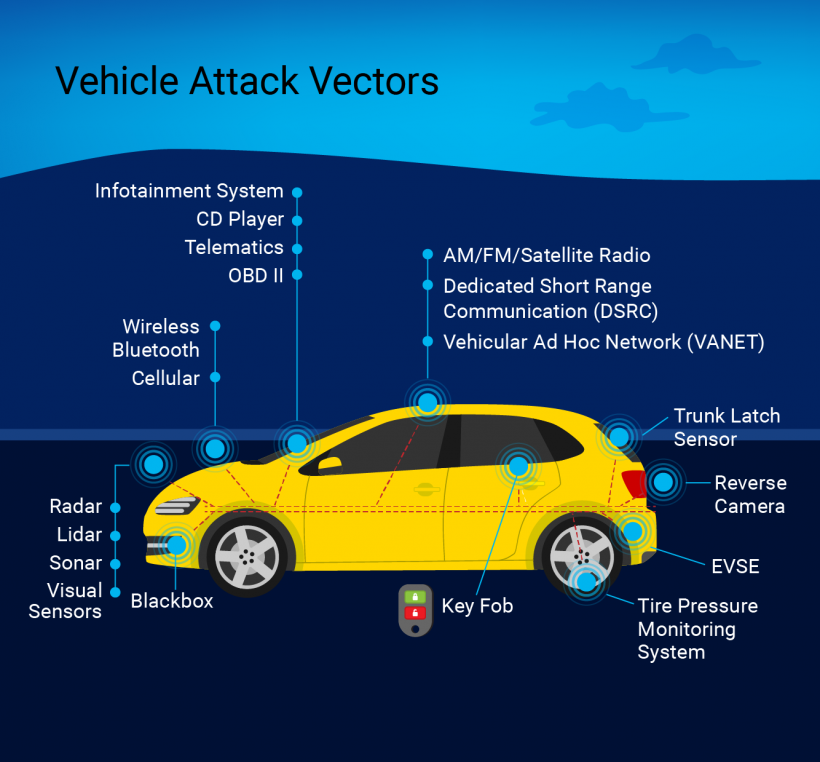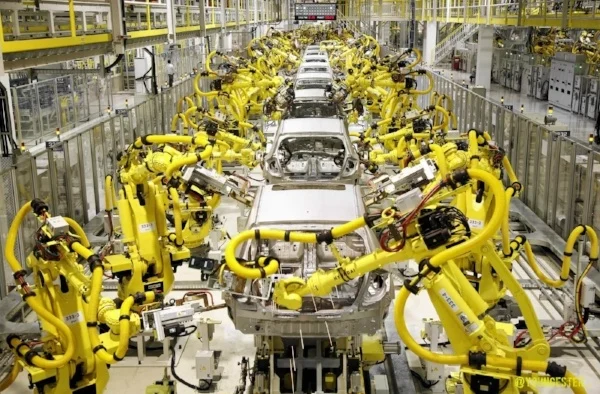The Impact of Robotics on Transportation and Autonomous Vehicles
- Tayyeb Momin
- Oct 3, 2023
- 4 min read
Welcome back to our series exploring the remarkable ways robotics is transforming various industries. This month, we delve into the exciting world of transportation, where robotics and autonomous vehicles are reshaping how we move from one place to another.
The Road to Autonomy
It wasn't long ago that the idea of self-driving cars seemed like something out of a science fiction novel. However, thanks to advancements in robotics and artificial intelligence (AI), autonomous vehicles are no longer a futuristic dream – they're a reality.
How Do Autonomous Vehicles Work?
Autonomous vehicles rely on a combination of sensors, cameras, radar, and lidar to perceive their surroundings. These sensors feed data to powerful AI systems that make split-second decisions to navigate safely on the road. Machine learning algorithms allow these vehicles to continuously improve their driving abilities.
The heart of any autonomous vehicle is its AI-driven control system. These systems analyze data from various sensors to create a detailed map of the vehicle's surroundings in real-time. They use this information to make decisions about steering, braking, and accelerating. The AI system also adapts to different driving conditions, such as rain, snow, or heavy traffic.
Revolutionizing Transportation
The impact of autonomous vehicles on transportation is profound and far-reaching. Here's how they are revolutionizing the way we get around:
1. Improved Safety
One of the primary benefits of autonomous vehicles is their potential to reduce accidents. Human error is a leading cause of road accidents, but autonomous systems can operate with precision, minimizing the risk of collisions. According to the National Highway Traffic Safety Administration (NHTSA), approximately 94% of all traffic accidents are caused by human error. Autonomous vehicles have the potential to significantly reduce this staggering statistic.
To achieve this level of safety, autonomous vehicles rely on a wide array of sensors and cameras. These sensors provide a 360-degree view of the vehicle's surroundings, detecting obstacles, pedestrians, and other vehicles in real-time. The AI system can respond to potential hazards much faster than a human driver, making split-second decisions to avoid accidents.
2. Increased Accessibility
Autonomous vehicles have the potential to make transportation more accessible to individuals with disabilities, the elderly, and those who cannot drive due to various reasons. This increase in accessibility can lead to greater inclusivity. Currently, millions of people worldwide face mobility challenges due to disabilities or age-related issues. Autonomous vehicles can provide them with newfound independence and mobility.
Imagine a world where individuals with mobility impairments can summon a self-driving vehicle to their doorstep with a few taps on a smartphone app. They can travel to appointments, social events, and work without the need for specialized transportation services. This newfound freedom can significantly enhance their quality of life.
3. Efficient Traffic Management
Autonomous vehicles can communicate with each other and with traffic infrastructure, creating a more efficient flow of traffic. This can help reduce congestion and decrease travel times. Here's how it works:
Vehicle-to-Vehicle (V2V) Communication: Autonomous vehicles are equipped with V2V communication systems that allow them to exchange information with nearby vehicles. This real-time data sharing enables vehicles to coordinate their movements, merge onto highways more smoothly, and avoid collisions.
Vehicle-to-Infrastructure (V2I) Communication: V2I communication involves autonomous vehicles communicating with traffic lights, road signs, and other infrastructure elements. For example, a traffic light could send a signal to approaching vehicles, letting them know when it will turn red or green. This can optimize traffic flow and reduce unnecessary stops.
Traffic Management Algorithms: Advanced traffic management algorithms can process data from autonomous vehicles and make real-time adjustments to traffic signals and road conditions. This dynamic control helps alleviate congestion and improve the overall efficiency of the road network.
4. Environmental Benefits
The adoption of autonomous electric vehicles can significantly reduce greenhouse gas emissions, contributing to a cleaner environment and a greener future.
Here's how autonomous vehicles are making a positive environmental impact:
Electrification: Many autonomous vehicles are electric, which means they produce zero tailpipe emissions. This transition to electric propulsion can substantially reduce air pollution and combat climate change. Additionally, electric vehicles are quieter, contributing to reduced noise pollution in urban areas.
Efficient Driving: Autonomous vehicles are programmed to drive efficiently, optimizing routes and minimizing unnecessary acceleration and braking. This smooth driving style can lead to fuel savings and reduced energy consumption.
Reduced Traffic Congestion: As mentioned earlier, autonomous vehicles can help reduce traffic congestion by optimizing traffic flow. When vehicles move more efficiently, there is less idling and stop-and-go traffic, which can lead to fuel savings and reduced emissions.
Challenges and Considerations
While the future of autonomous vehicles is promising, it's not without challenges. It's essential to address these issues as we move forward:
1. Cybersecurity
As autonomous vehicles become more connected, they become vulnerable to cyberattacks. Ensuring the cybersecurity of these vehicles is crucial to prevent malicious actors from gaining control over them.

Automakers and technology companies are investing heavily in robust cybersecurity measures, including encryption, intrusion detection systems, and over-the-air software updates. These precautions are essential to safeguard the integrity and safety of autonomous vehicles.
2. Ethical Dilemmas
Autonomous vehicles are programmed to make split-second decisions in challenging situations, such as when faced with an impending accident. These ethical decisions can be complex. For example, should a self-driving car prioritize the safety of its occupants, or should it take actions that minimize harm to pedestrians or other vehicles?
Addressing these ethical dilemmas requires a thoughtful approach and clear guidelines. It's an ongoing conversation in the field of autonomous vehicle development and regulation.
3. Regulatory Hurdles
The adoption of autonomous vehicles requires the development of comprehensive regulatory frameworks. Governments and transportation authorities must establish guidelines for testing, certification, and safety standards.
These regulatory frameworks vary by country and region, creating challenges for companies seeking to deploy autonomous vehicles on a global scale. Harmonizing regulations and ensuring a consistent approach to safety is a significant task that industry and government must undertake together.
Conclusion
The impact of robotics on transportation and autonomous vehicles is undeniable. We are on the cusp of a transportation revolution that promises safer, more accessible, and environmentally friendly journeys. As technology continues to advance, we can expect even more exciting developments in the world of autonomous transportation.
Join us next month as we explore the role of robotics in another industry. If you have any questions or would like to share your thoughts on this topic, feel free to leave a comment below.









Comments